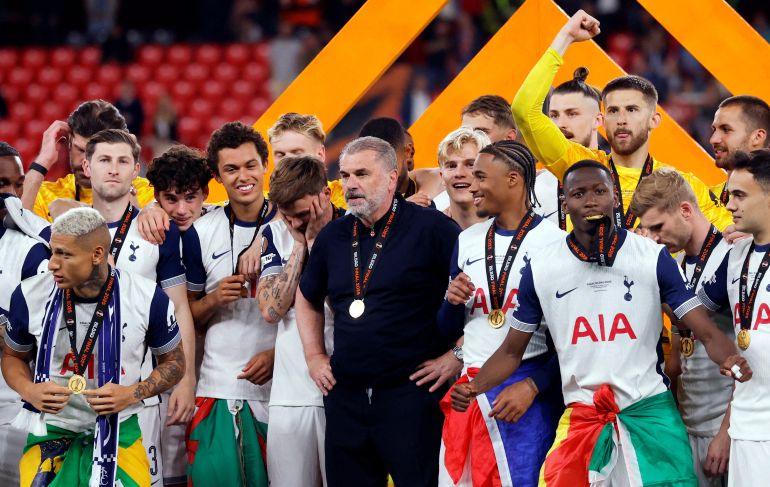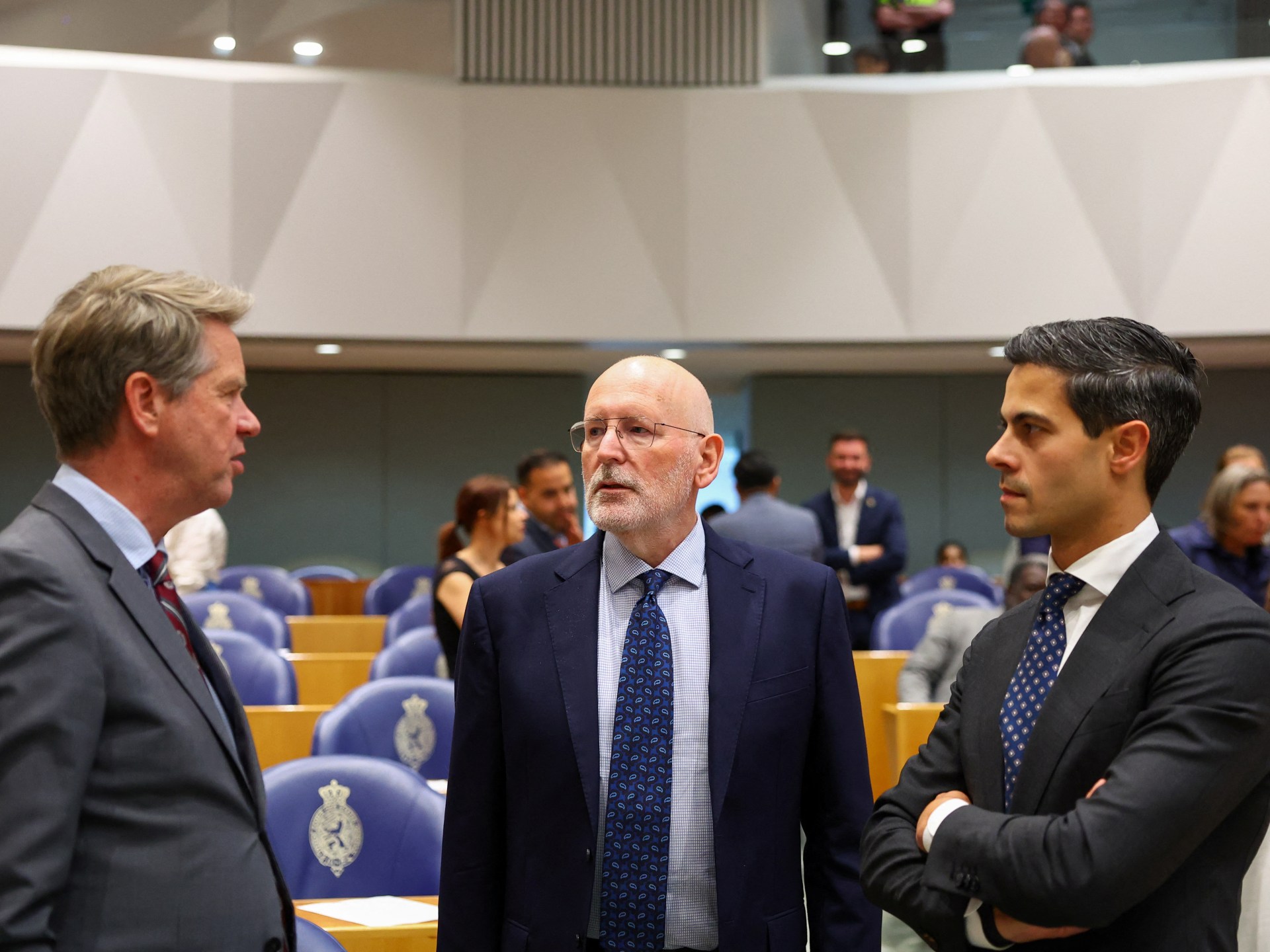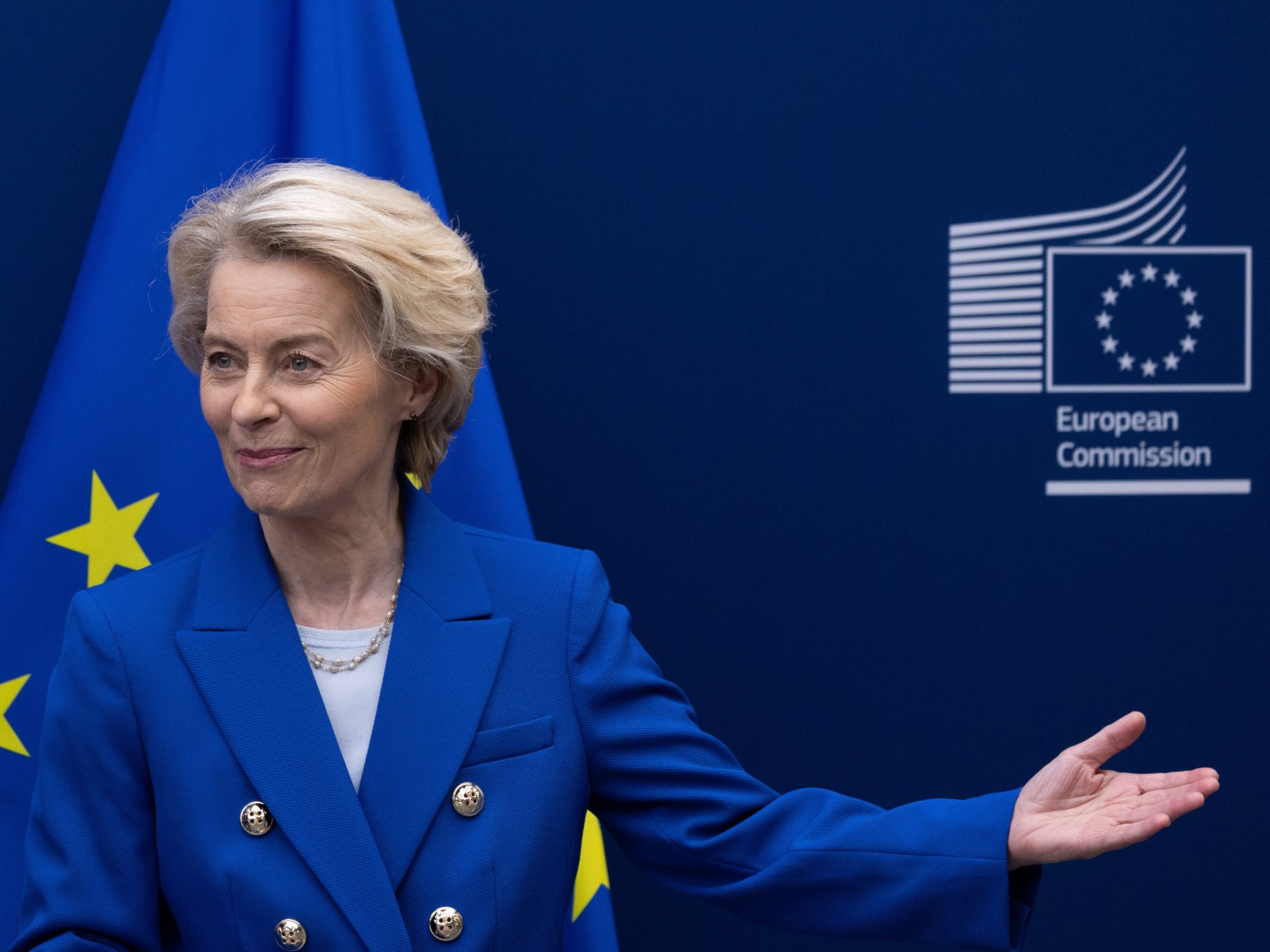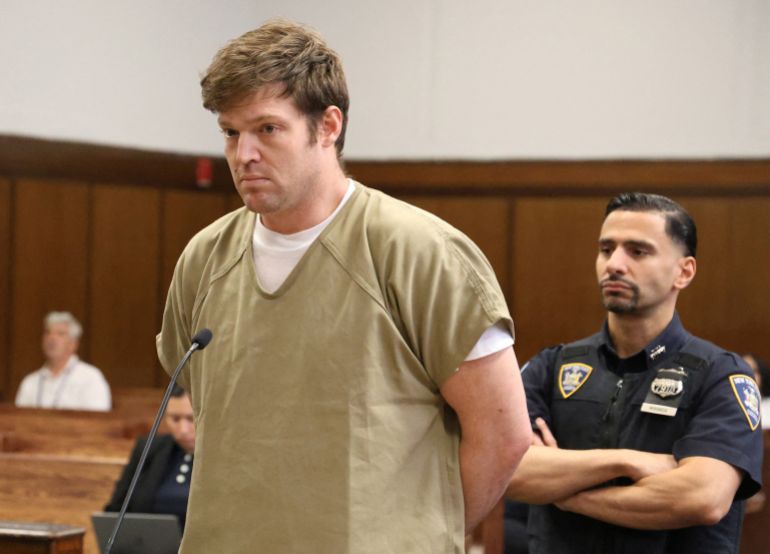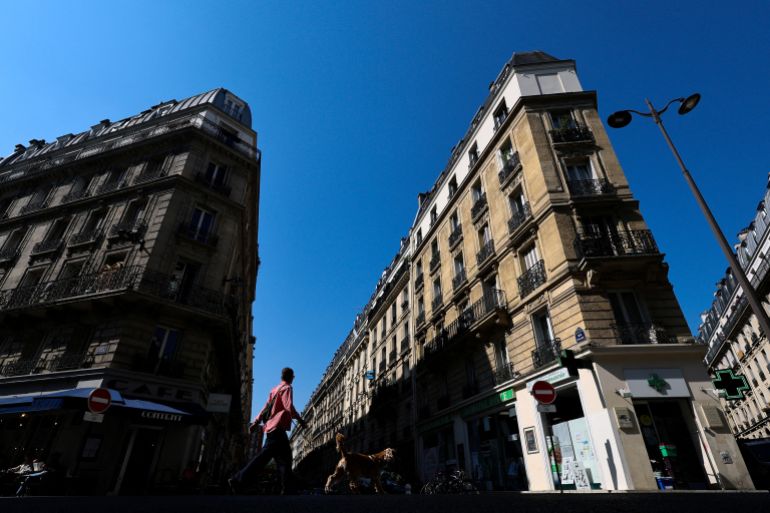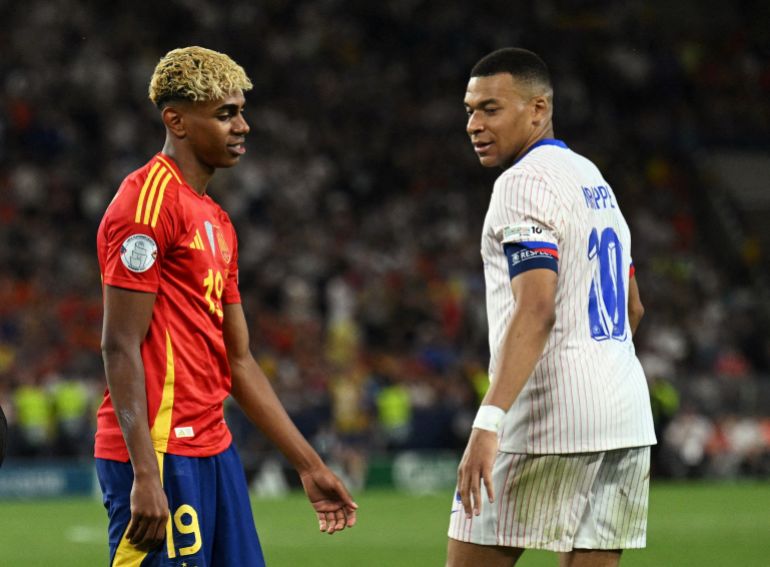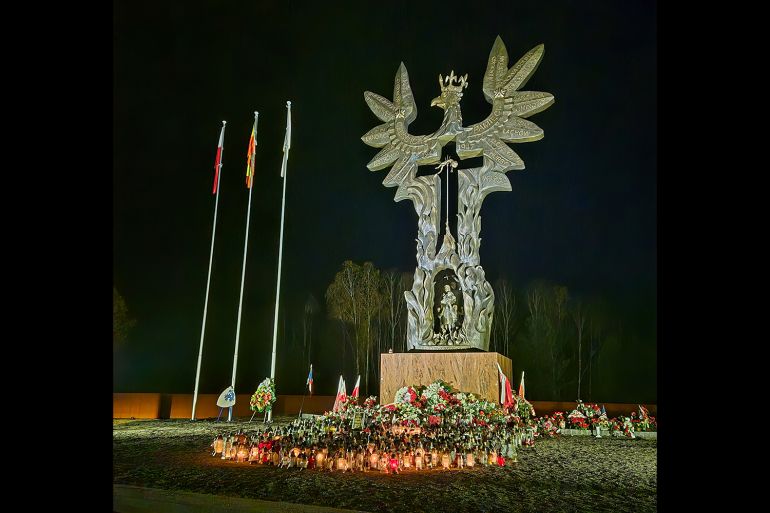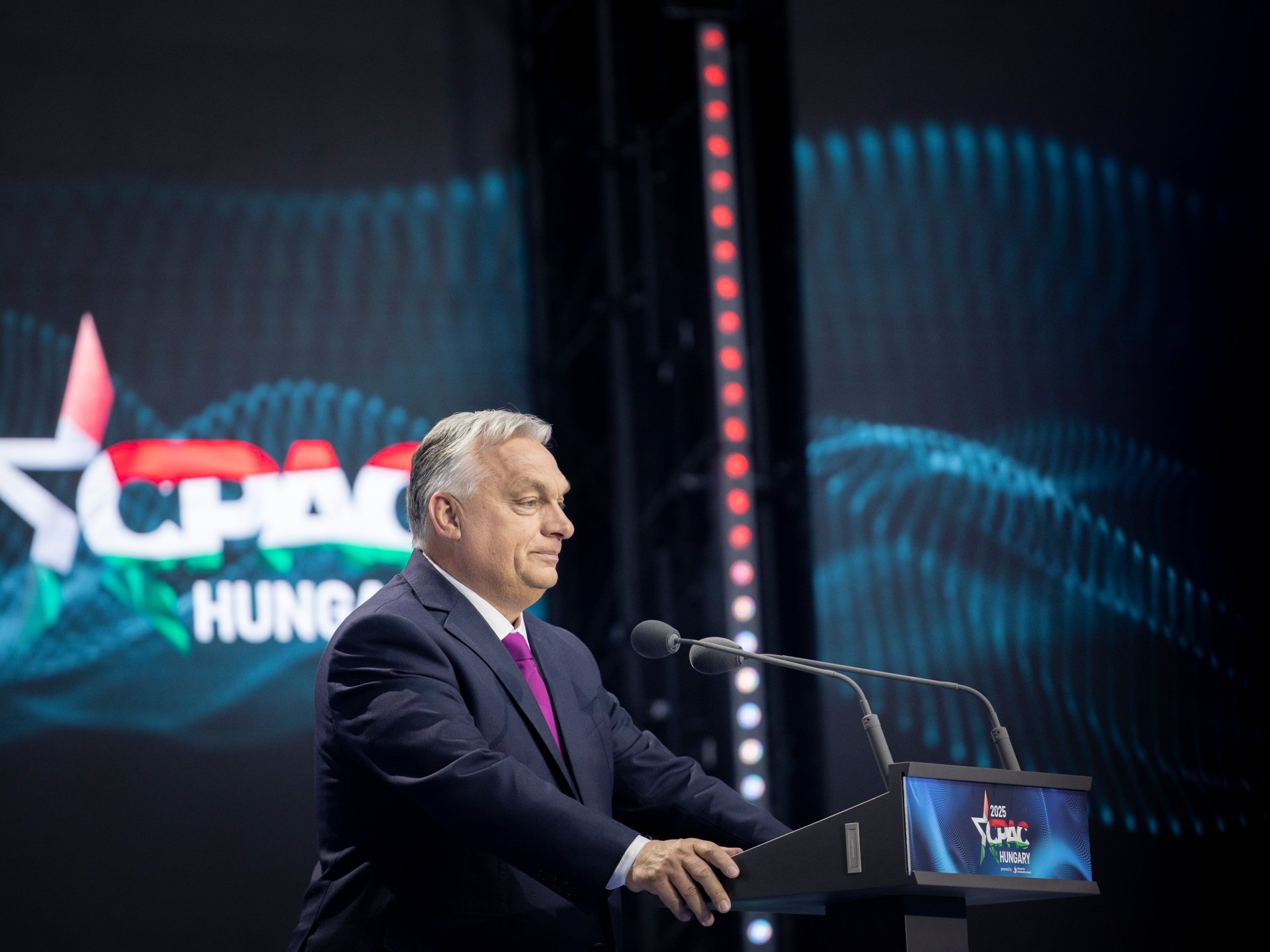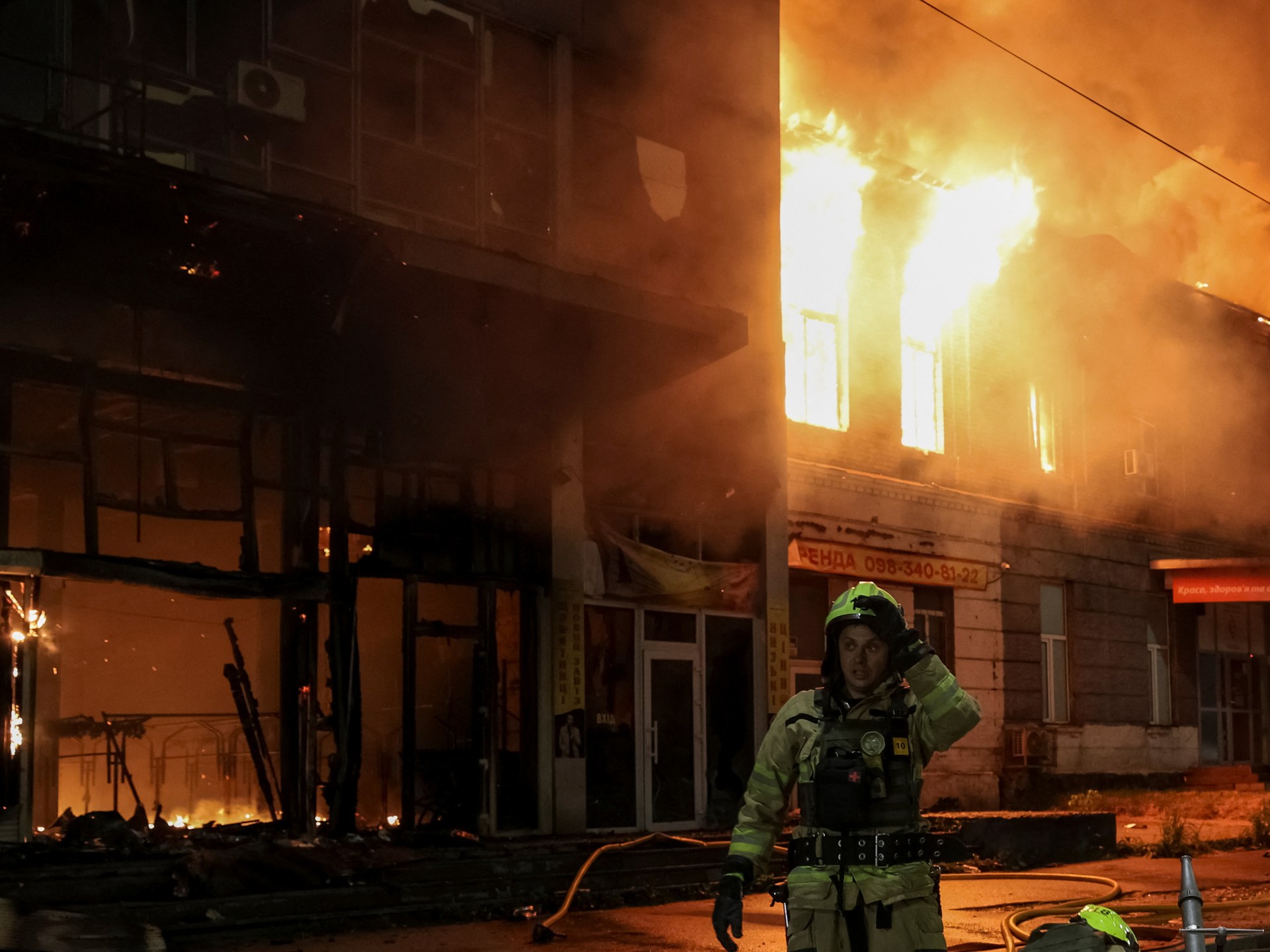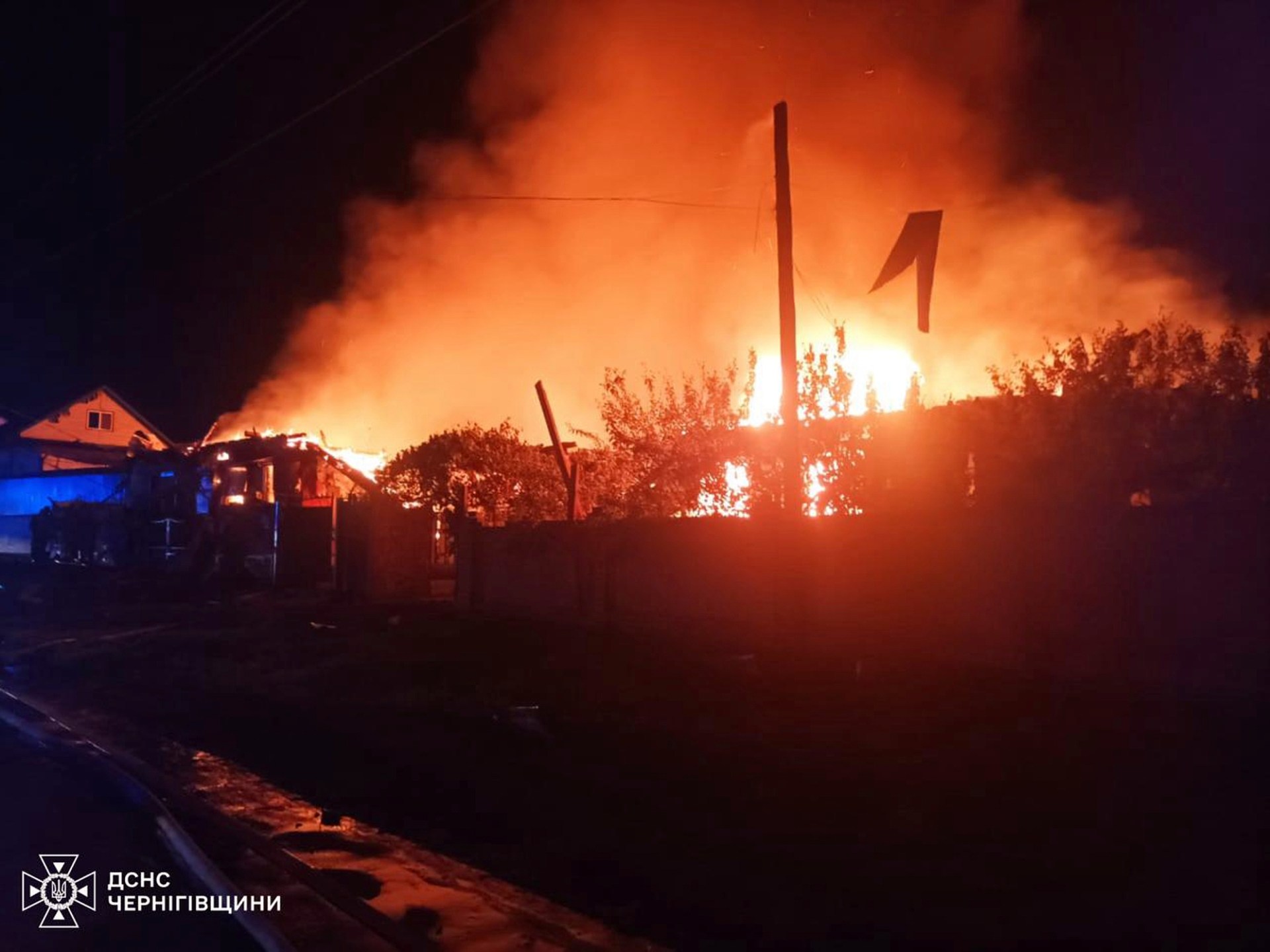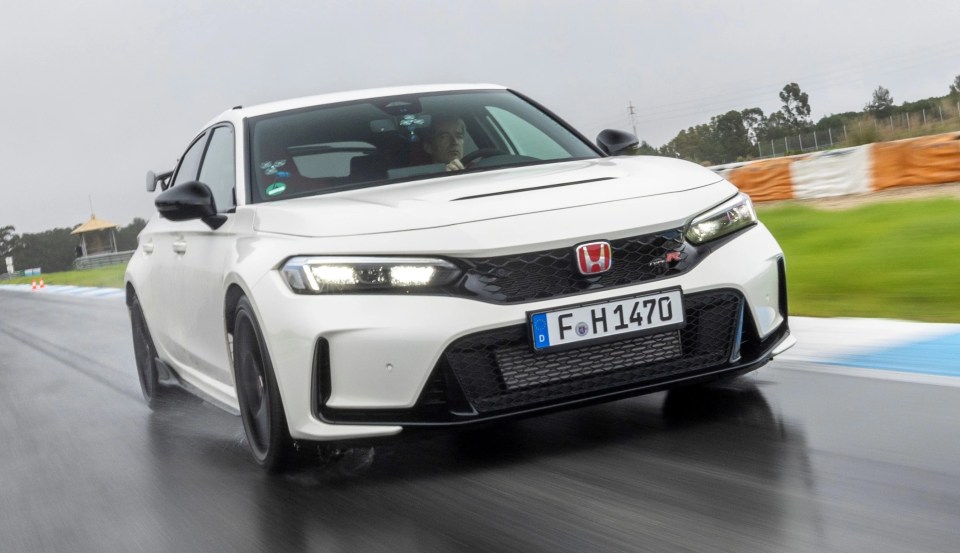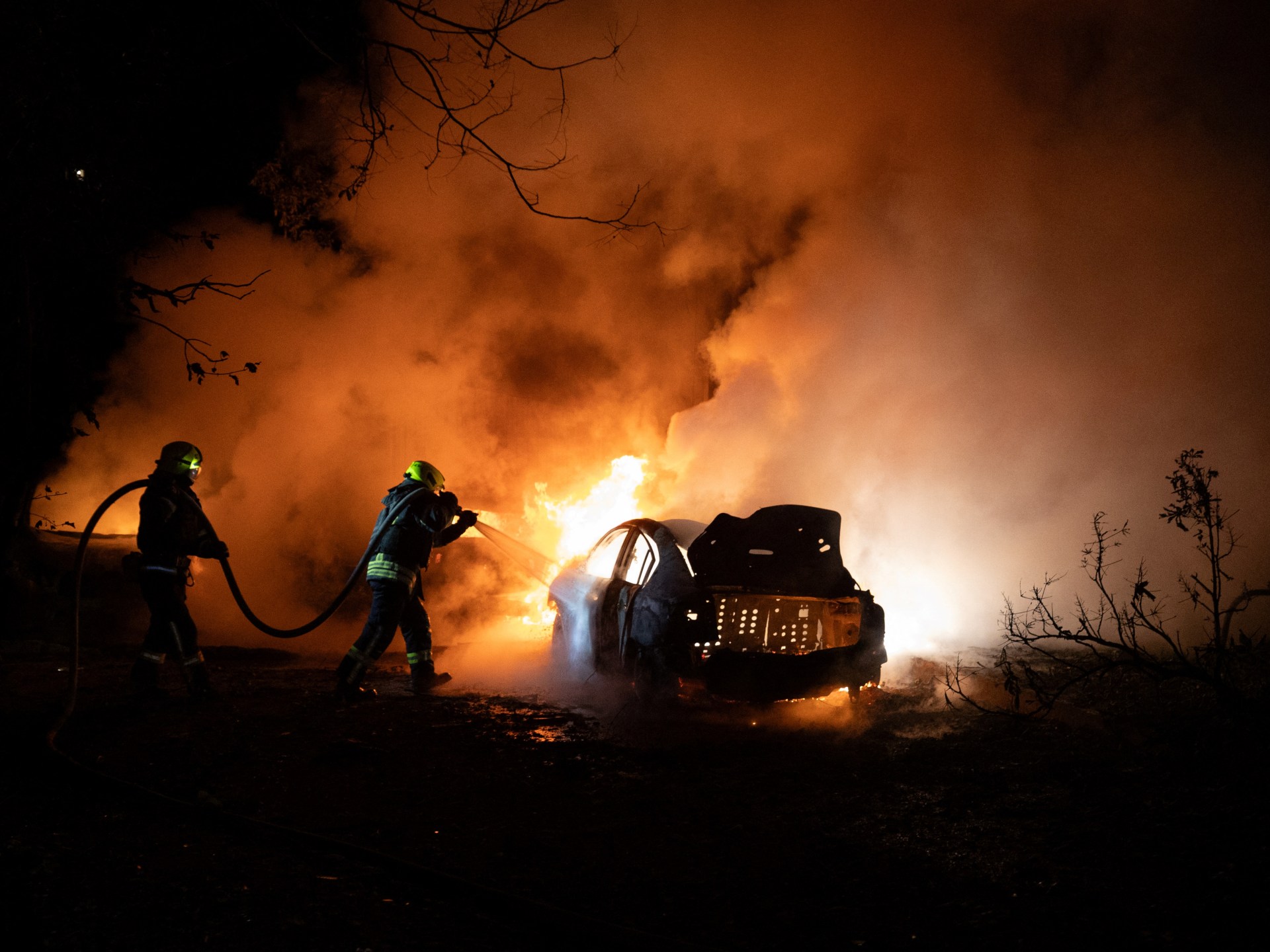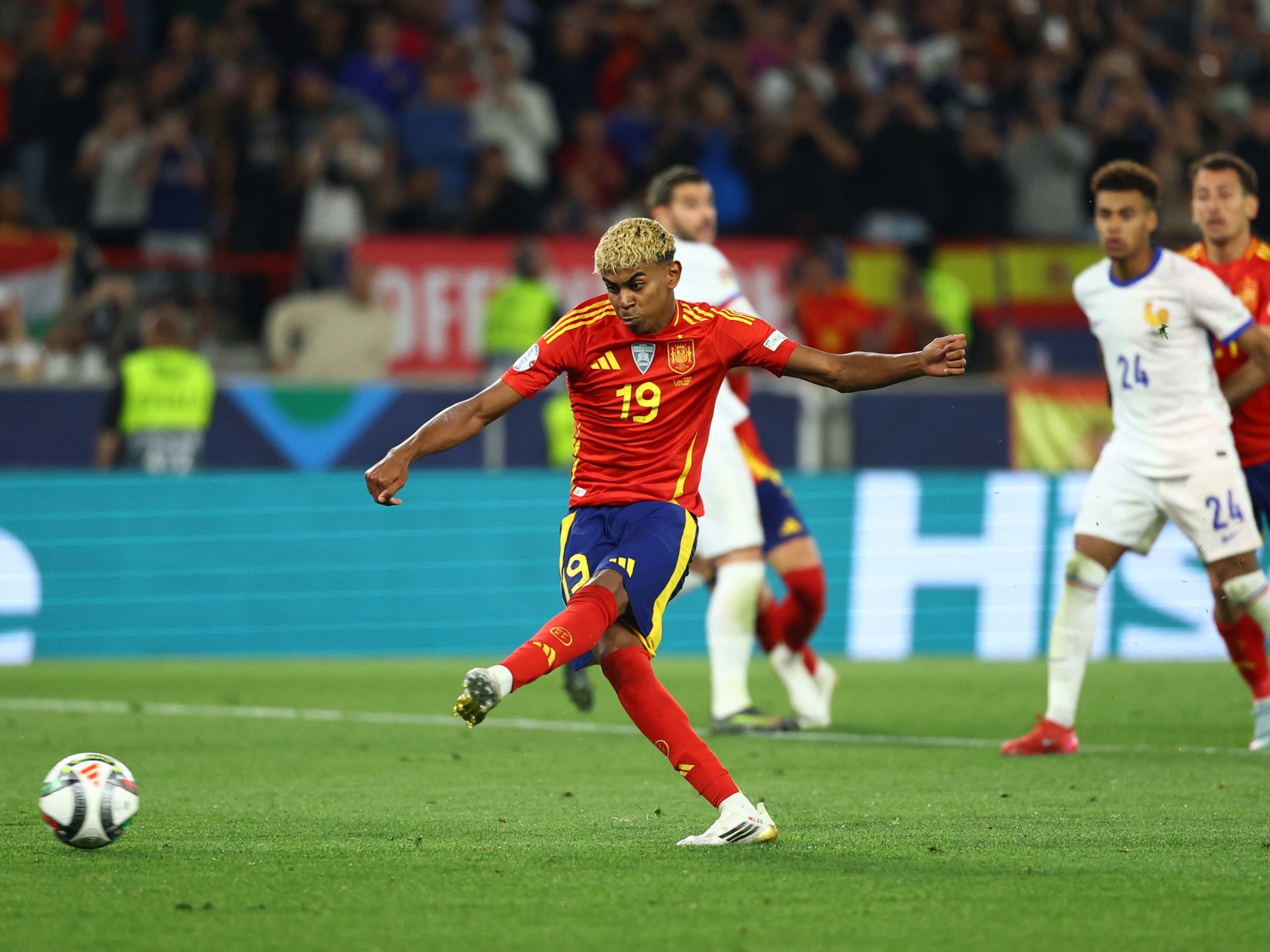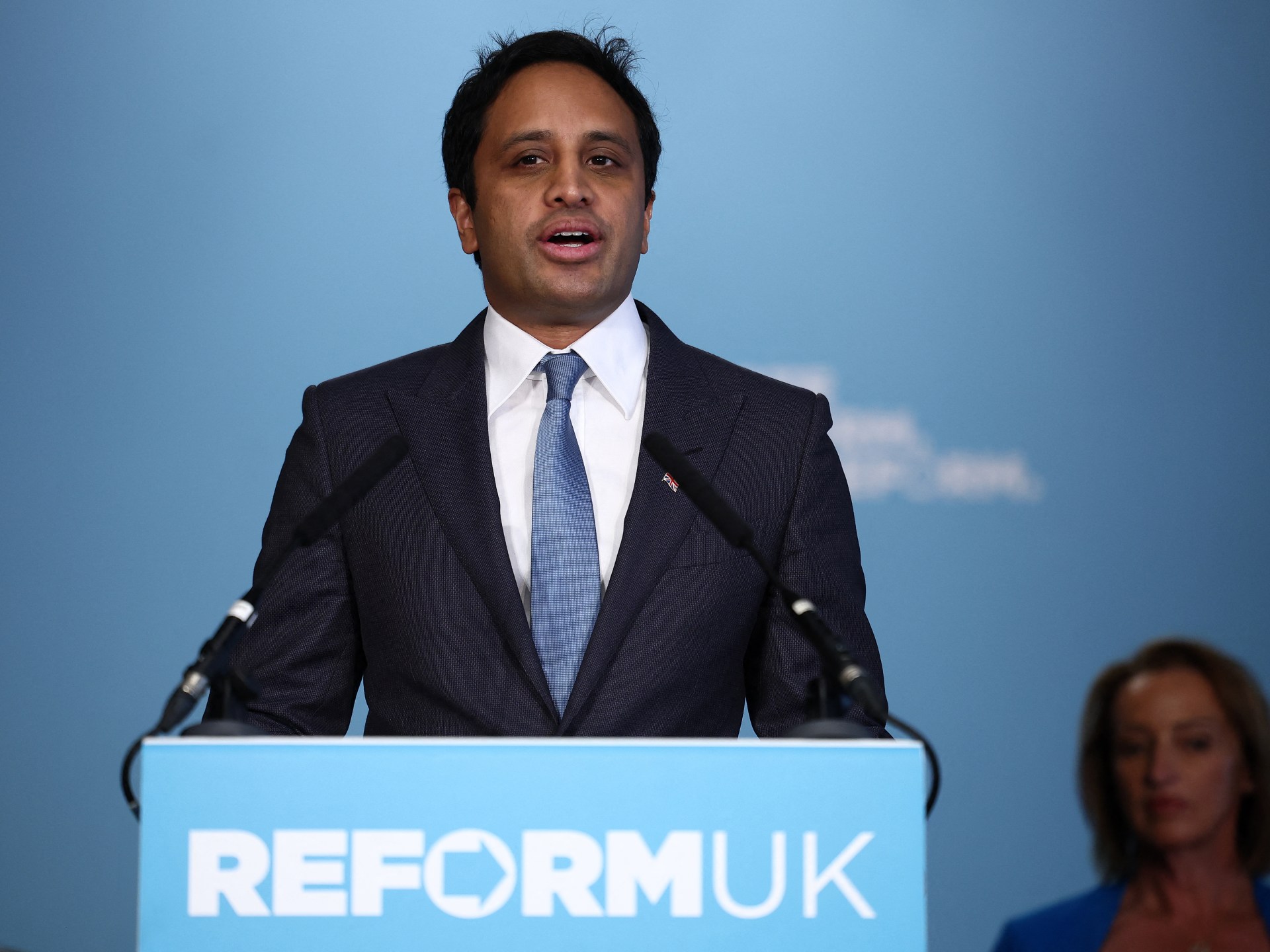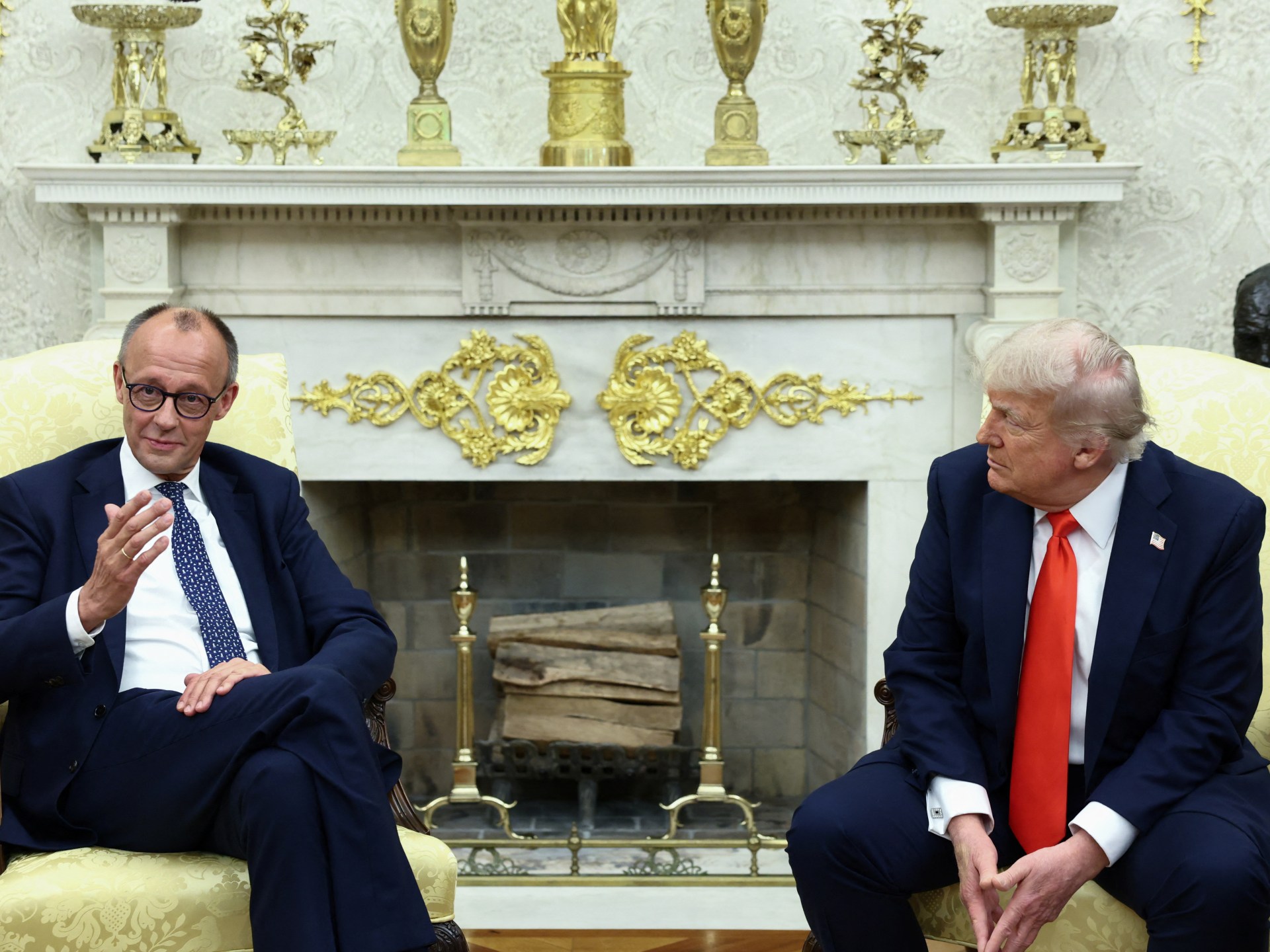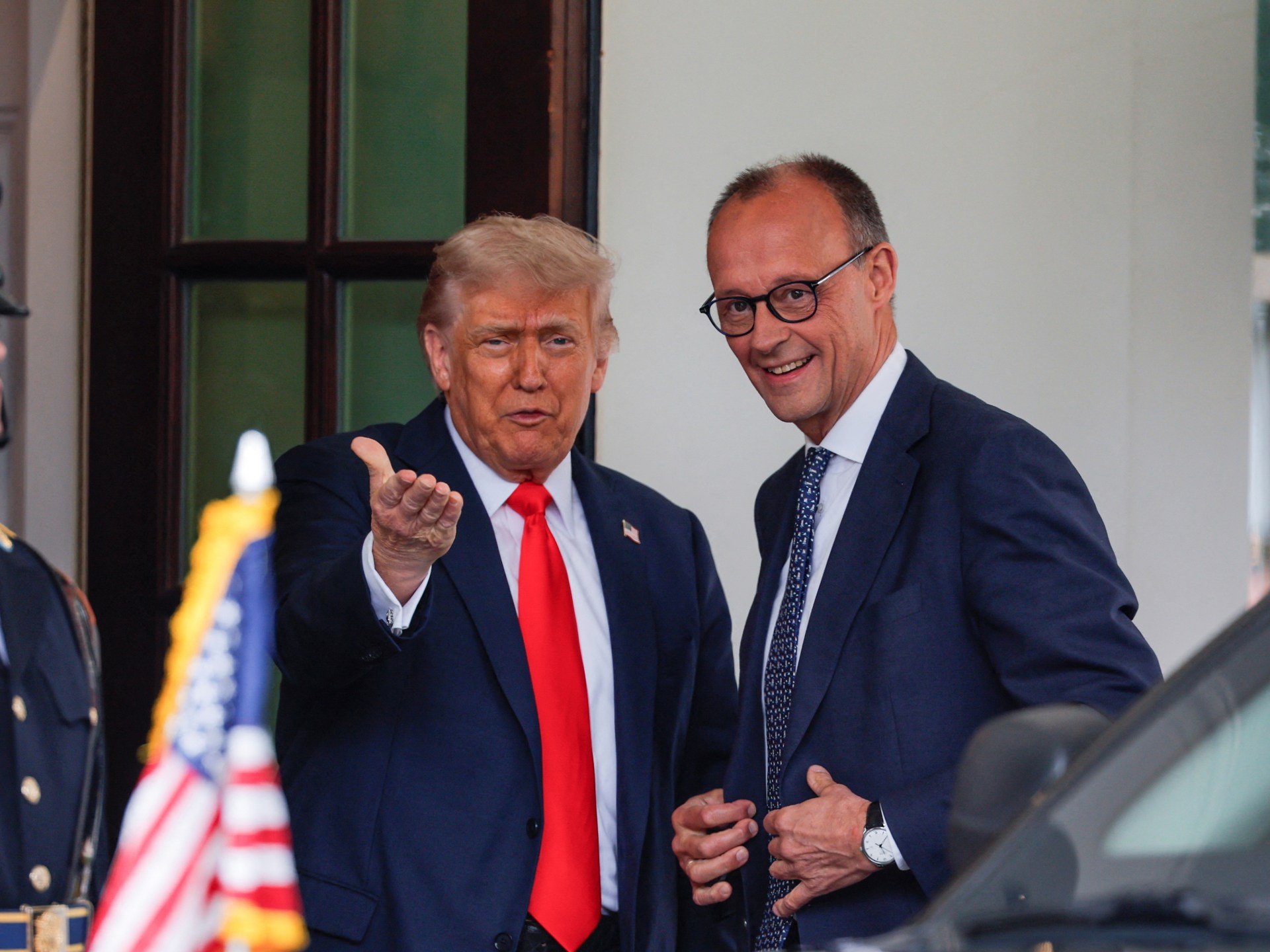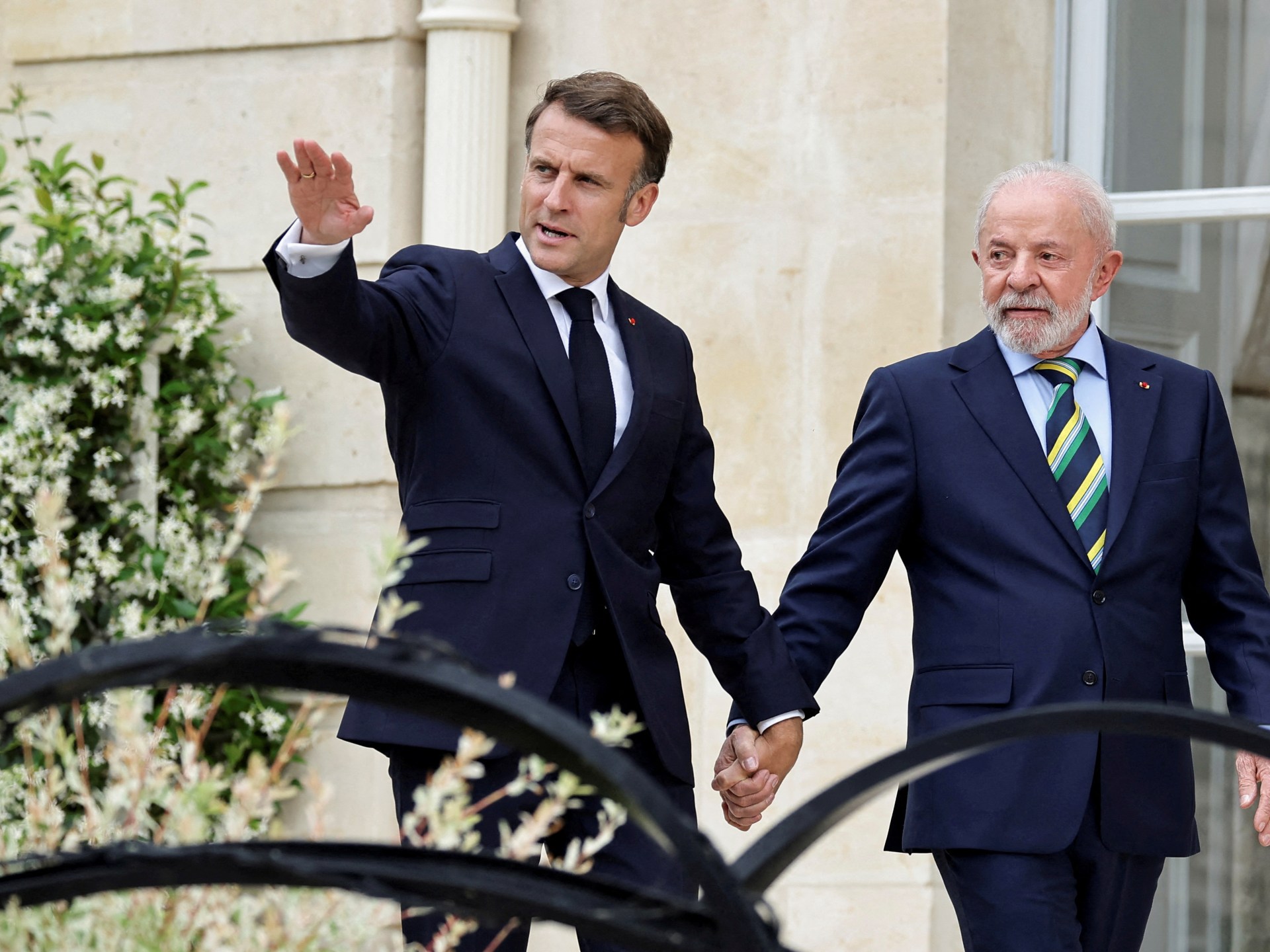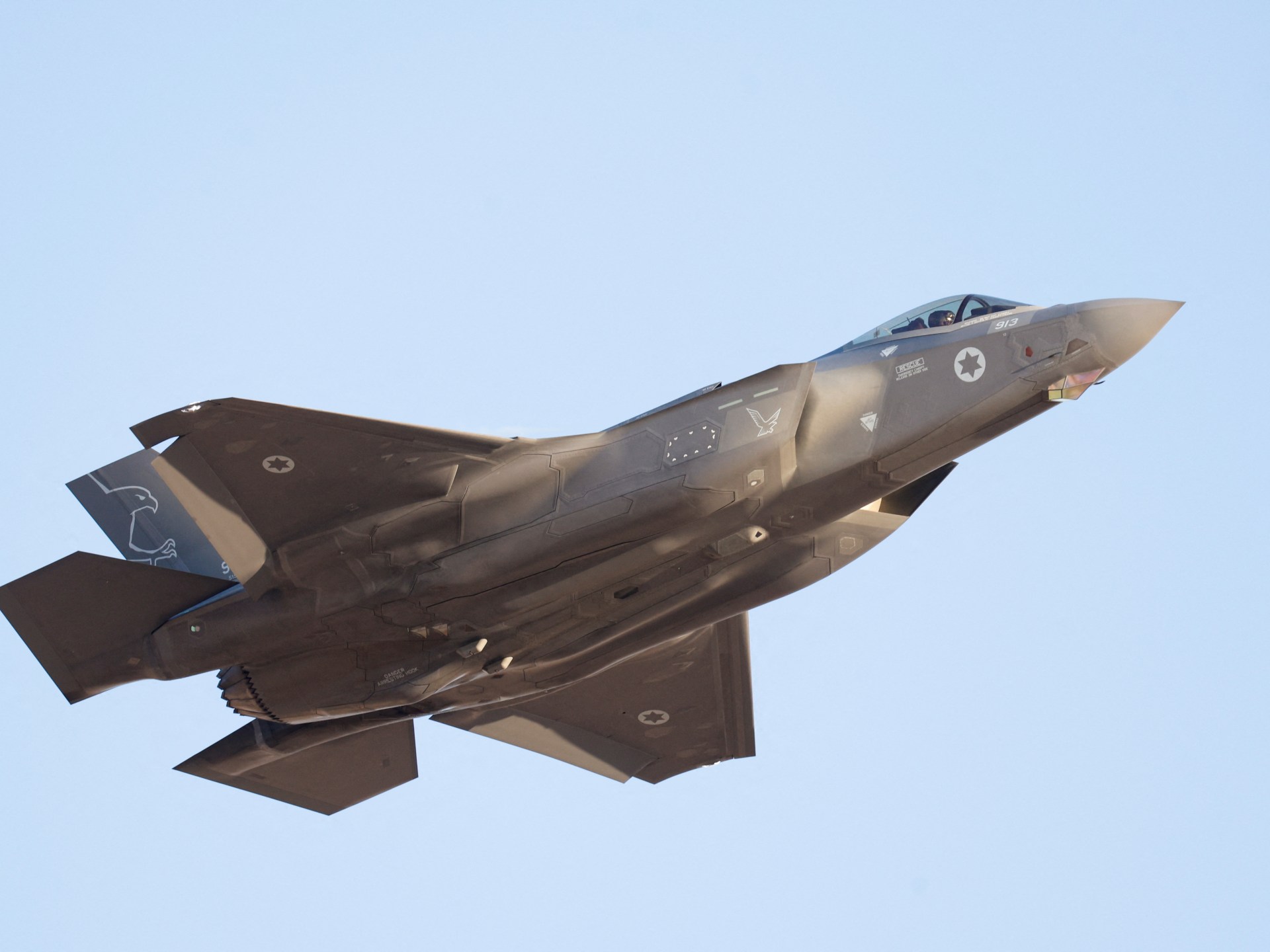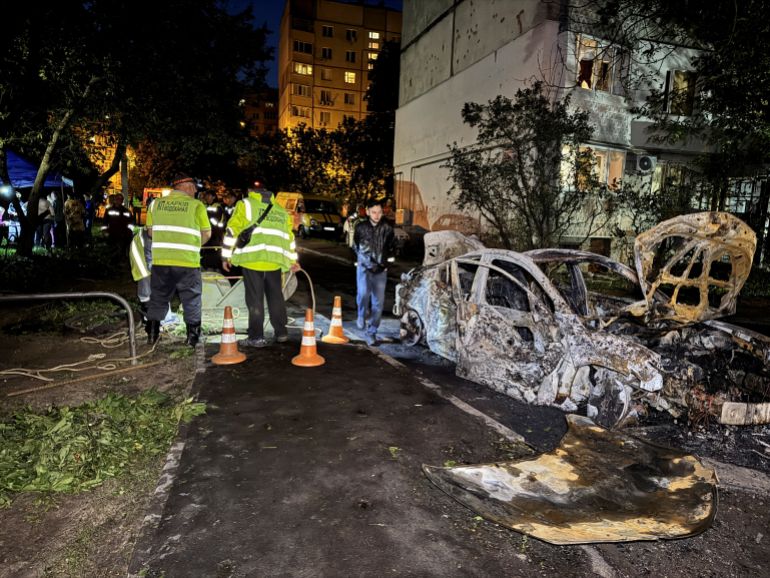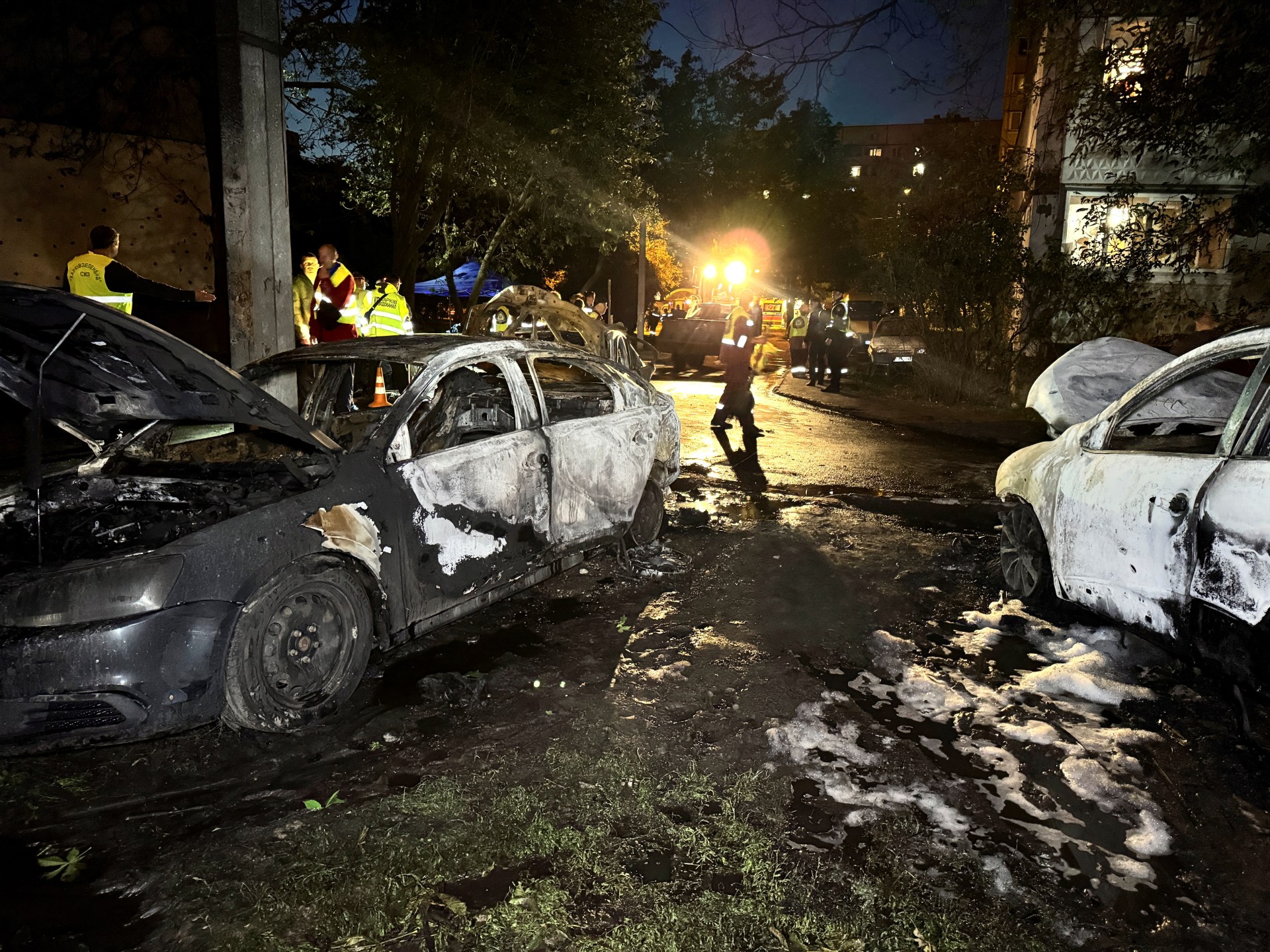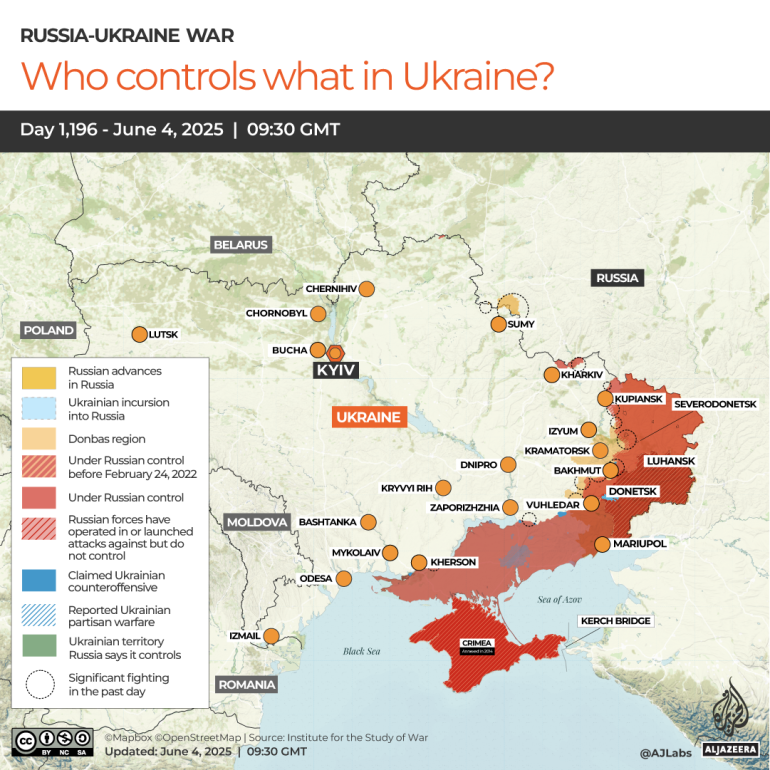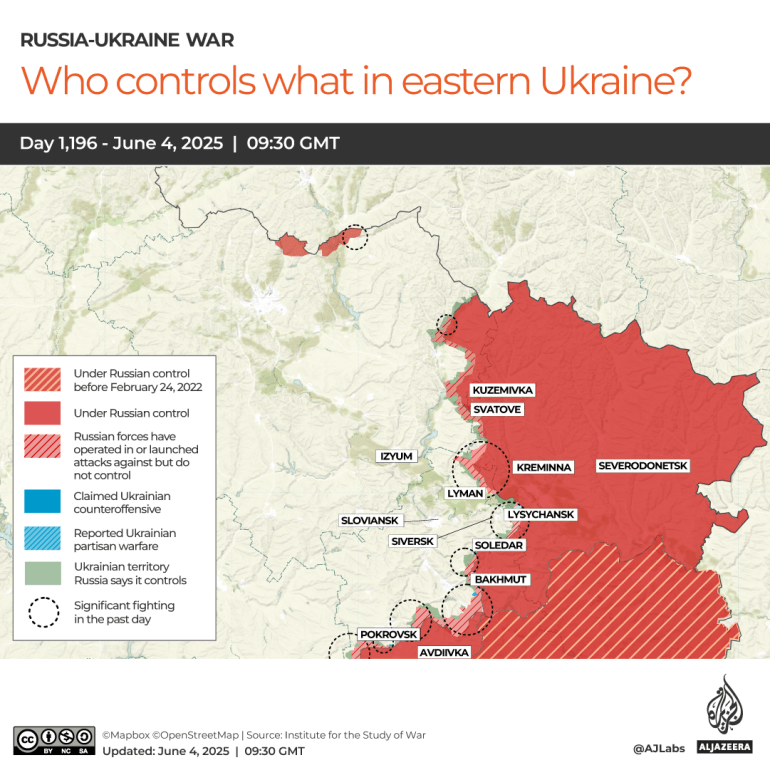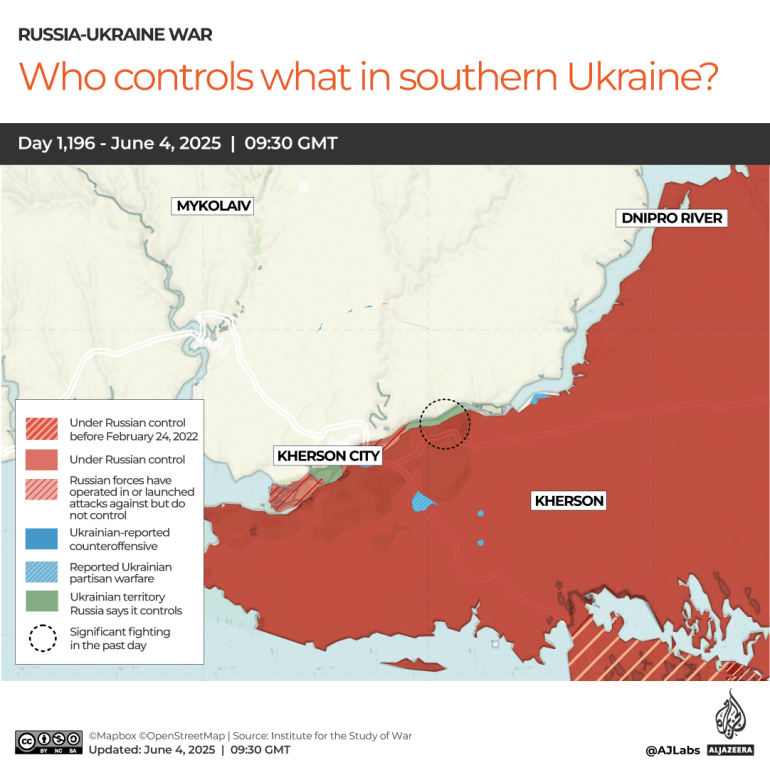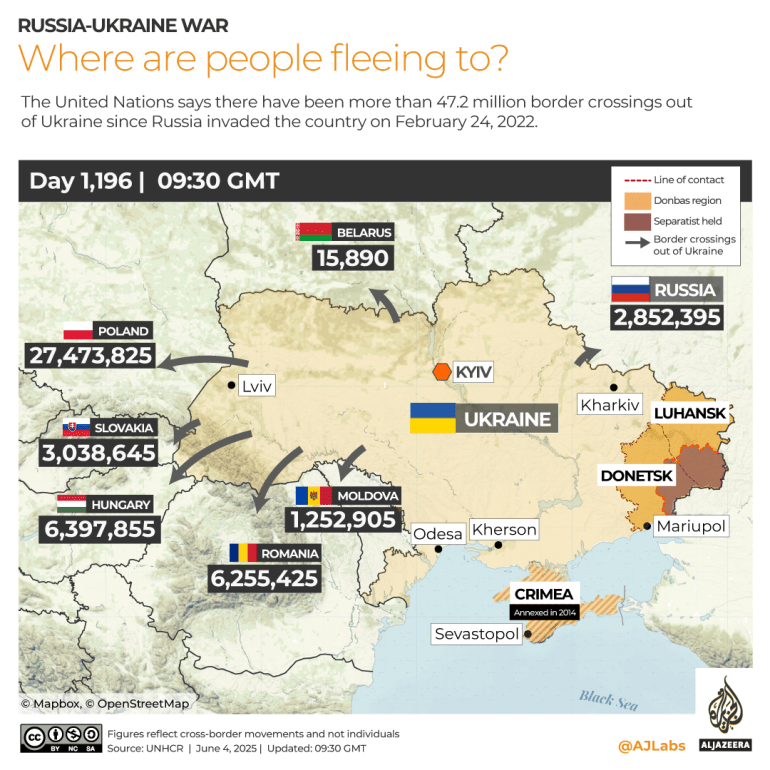Tottenham sack Postecoglou despite Europa League win | Football News
Ange Postecoglou spoke of his intense pride at his two-year stint as Tottenham Hotspur manager after it ended with him being sacked by the Premier League club.
The 59-year-old Australian took the club to their first trophy for 17 years last month when Tottenham beat Manchester United to win the Europa League.
But the club axed him on Friday after their worst top-flight campaign since 1976-77, finishing one place above the Premier League’s relegation zone after losing 22 games.
“When I reflect on my time as Manager of Tottenham Hotspur my overriding emotion is one of pride,” he said in a statement released shortly after his dismissal was confirmed.
“The opportunity to lead one of England’s historic football clubs and bring back the glory it deserves will live with me for a lifetime. Sharing that experience with all those who truly love this club and seeing the impact it had on them is something I will never forget.
“That night in Bilbao was the culmination of two years of hard work, dedication and unwavering belief in a dream. There were many challenges to overcome and plenty of noise that comes with trying to accomplish what many said was not possible.”
Postecoglou spoke in the build-up to the Europa League final about changing the way the club is perceived, and he said his accomplishments should ensure that Tottenham will not have to wait so long for their next trophy.
“We have laid foundations that mean this club should not have to wait 17 more years for their next success,” he said. “I have enormous faith in this group of players and know there is much more potential and growth in them.”
While Tottenham fans were split over Postecoglou’s future, he had a message for the supporters.
“I sincerely want to thank those who are the lifeblood of the club, the supporters,” he said. “I know there were some difficult times but I always felt that they wanted me to succeed and that gave me all the motivation I needed to push on.
“And finally, I want to thank those who were with me every day for the last two years. A fantastic group of young men who are now legends of this football club and the brilliant coaches who never once doubted we could do something special. We are forever connected.”

The 59-year-old ultimately paid the price for a horrendous Premier League season, which saw Tottenham finish 17th.
“The Board has unanimously concluded that it is in the best interests of the Club for a change to take place,” Tottenham said in a statement.
“Following a positive start in the 2023/24 Premier League (PL) season, we recorded 78 points from the last 66 PL games. This culminated in our worst-ever PL finish last season.”
Postecoglou leaves two years to the day after his appointment and 16 days after his side beat Manchester United 1-0 in Bilbao for the club’s first silverware since 2008, a win that also put them in next season’s Champions League.
The former Celtic manager has had to face questions over his future for several months, yet delivered on his claim early last season that he always wins a trophy in his second season in a job.
He also took Tottenham to the League Cup semifinal, but their league campaign was their worst since the last time the club suffered relegation from the top flight, in 1976-77.
Several of the club’s first team have voiced their support for Postecoglou since beating United, but chairman Daniel Levy is now searching for his fifth full-time manager in six years since Mauricio Pochettino was sacked in 2019.
“At times there were extenuating circumstances — injuries and then a decision to prioritise our European campaign,” the club said. “Whilst winning the Europa League this season ranks as one of the Club’s greatest moments, we cannot base our decision on emotions aligned to this triumph.”
Several managers have been linked to the Tottenham job, including Brentford’s Thomas Frank and Crystal Palace’s Oliver Glasner.
Postecoglou will walk away with his pride intact and a handsome bonus, but his recent comment to fans at the Europa League victory parade that the third season of a TV series is always better than the second now looks hollow.
It all started so well for Postecoglou. He began the 2023-24 campaign by guiding Tottenham to their best start to a top-flight season since the 1961 title-winning team.
That form soon dipped, and despite finishing fifth in his first campaign, the momentum had long since gone.
This season, Tottenham earned only 38 points and lost 22 top-flight matches. They managed five points from their last 12 league games, and the only win they earned during that run was against a Southampton side who narrowly avoided becoming statistically the worst team ever in the Premier League.
Postecoglou has pointed to a long injury list, which denied him the likes of Cristian Romero, Micky van de Ven, Dejan Kulusevski, Destiny Udogie, Dominic Solanke, James Maddison and Son Heung-min for significant periods.
But while it has clearly been one of long-serving chairman Levy’s toughest calls, he has concluded that Postecoglou is not the man to lead the club forward.
“We have made what we believe is the right decision to give us the best chance of success going forward, not the easy decision,” the club statement said.
“We have a talented, young squad and Ange has given us a great platform to build upon. We should like to express our gratitude to him. We wish him well for the future — he will always be welcome back at our home.”
